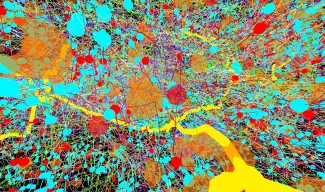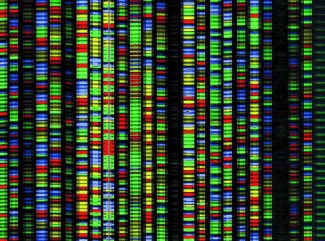Pr. Alexis Brice's team at the Brain and Spine Institute – Inserm / CNRS / UPMC, in collaboration with two international consortia has identified a new gene, VPS13C, involved in an early form of Parkinson's disease. Mutations in VPS13C lead to a loss of function of the corresponding protein. This protein may play a key role in neuron protection through the maintenance of mitochondrial function. These results provide a better understanding of the mechanisms leading to neuron degeneration, thus opening the way to new therapeutic approaches. Moreover, they will enable the establishment of a diagnostic tool for these very severe forms of the disease, in order to manage them as quickly as possible.
The genetic cause of nearly half of early forms of Parkinson's disease has not yet been elucidated. Through high-throughput DNA sequencing from 62 people with a form of early and consanguineous Parkinson's disease, Suzanne Lesage and her staff have identified a new gene involved, VPS13C. Mutations in this gene are associated with a very characteristic form of the disease which develops early (before 40), evolving quite rapidly (aggravation of motor symptoms leading to severe disability) and is accompanied by cognitive impairment. Mutations of this gene are harmful and lead to a loss of function of the corresponding protein.
In Parkinson's disease, degeneration of a specific population of neurons, dopaminergic neurons, would be due, in part, to a dysfunction of mitochondria, equivalent to the powerhouse of the cell. Indeed, in some forms of Parkinson's disease, dopamine neurons' death is caused by mutations in PINK1 and PARK2 genes, coding for proteins which function is to preserve mitochondria quality. The good functioning and survival of neurons works, among other things, via degradation (or mitophagy) and replacement of defective mitochondria. Both proteins, PINK1 and PARKIN are involved in this process.
Data collected in cellular models by Olga Corti and her staff in Alexis Brice's team, suggest that the loss of function of VPS13C protein increases the vulnerability of mitochondria to stress, which leads to the activation of PINK1/PARKIN pathway in order to preserve their activity. VPS13C role in mitochondria protection and its relationship with PINK1/PARKIN dependent mitophagy remain to be explained.
This work highlights a new gene associated to a very severe form of the disease which loss of function would lead to mitochondrial dysfunction. They enable a better understanding of signalling pathways impacting mitochondrial function, and pave the way for the discovery of new therapeutic leads. Moreover, the possibility of a reliable molecular diagnosis for this severe form of the disease will allow faster care.







